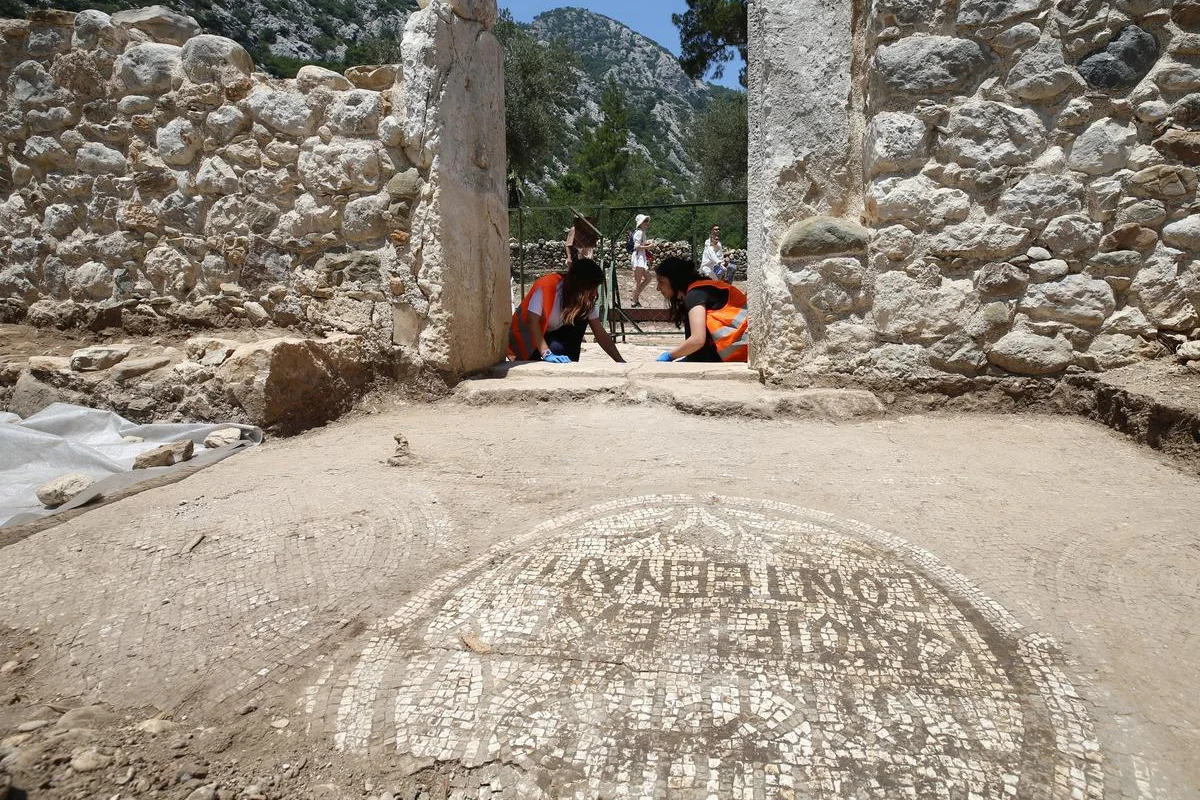Reconstructing the Echoes of Ancient Greece: The Revival of Greek Music
In the annals of history, the music of ancient Greece has always been a subject of fascination and intrigue. Spanning from 750 BC to 400 BC, the Ancient Greeks crafted songs that were not just mere entertainment but also integral to their cultural and religious practices. These compositions, meant to be accompanied by the lyre, reed pipes, and various percussion instruments, have long been shrouded in mystery. However, recent scholarly efforts have brought us closer than ever to experiencing these ancient melodies with what is claimed to be 100% accuracy.
Understanding Ancient Greek Instruments
The key to unlocking the secrets of ancient Greek music lies in understanding the instruments used. As Armand D’Angour, a musician and tutor in classics at Oxford University, notes on the BBC website, these instruments are known from historical descriptions, paintings, and archaeological remains. This knowledge allows scholars to establish the timbres and range of pitches produced by these ancient instruments, forming the foundation for accurate reconstruction.
Decoding the Musical Notation
The turning point in this musical resurrection came with the examination of ancient documents inscribed with a unique vocal notation, believed to have been devised around 450 BC. These notations, consisting of alphabetic letters and symbols placed above Greek words' vowels, provide crucial insights. They offer an accurate indication of relative pitch, revealing the mathematical precision of the Greeks in understanding musical intervals, such as an octave being 2:1, a fifth 3:2, and a fourth 4:3.
The musical instruments of the Late Minoan "Sarcophagus of the Hagia Triada" of the 12th century BC and their similarity with the much later archaic and classical of the 7th (and later) century!
Image (a): Priestesses or goddesses carrying the blood of the sacrificed bull accompanied by a musician with a lyre, a detail of the second long side of the Holy Trinity sarcophagus.
An ancient tradition wants Terpandros from Antissa of Lesvos to be the inventor of the seven-stringed lyre; of course, we find it much earlier in this specific scene of worship of the dead. The seven-stringed and eight-stringed lyre is also attested by the Mycenaean culture, although it does not seem likely that the use of the instrument was preserved after the destruction of that culture. According to experts, their origins date back to Mesopotamia. The first evidence of lyres in the Greek area can be found in the palace of Pylos and in Crete.
Image (b): Sacrifice of a bull by the priestess with the accompaniment of aulos (diaulos), in detail from side A of the Holy Trinity sarcophagus.
The flute (=tube) or reed is one of the most beloved instruments in ancient Greece. It appears from the mid-3rd millennium on a Cycladic figurine. Its origin is probably from Minor Asia. The flute was a key wind instrument in all celebrations in Ancient Greece, especially in ceremonies honoring Dionysus. Also, the auricle appears as an accompanying instrument in the movements of the athletes in sports events.
Bringing Ancient Melodies to Life
So, what did Greek music sound like? The efforts of modern scholars have led to the performance of these ancient songs with remarkable accuracy. A standout example is David Creese, a classicist from the University of Newcastle, who performed an ancient Greek song taken from stone inscriptions. This piece, played on an eight-string ‘canon’ (resembling a zither with movable bridges), is credited to Seikilos.
The Seikilos epitaph, as it is known, is not just a piece of music but a window into the soul of ancient Greek culture. Its melody, harmonized by the mathematical precision of the Greeks, offers a glimpse into a world where music was a celebration of life, a component of philosophical thought, and an integral part of religious ceremonies.
The Significance of This Reconstruction
This accurate reconstruction of ancient Greek music is not merely an academic exercise. It represents a bridge across time, connecting us with our cultural ancestors. Through these revived melodies, we gain a deeper understanding of the ancient Greek worldview, their appreciation for the arts, and their sophisticated knowledge of acoustics and mathematics.
Moreover, this revival has implications for the broader field of musicology, offering insights into the evolution of musical scales, harmony, and instrument construction. It challenges and enriches our understanding of the history of music, providing a tangible link to the past that was once thought to be forever lost to the sands of time.
In conclusion, the reconstruction of ancient Greek music is a testament to the enduring power of music across centuries. It underscores the depth of human ingenuity and the timeless nature of artistic expression. As we listen to these ancient tunes, we are reminded of the universal language of music, a language that transcends time and continues to resonate in the human heart.








